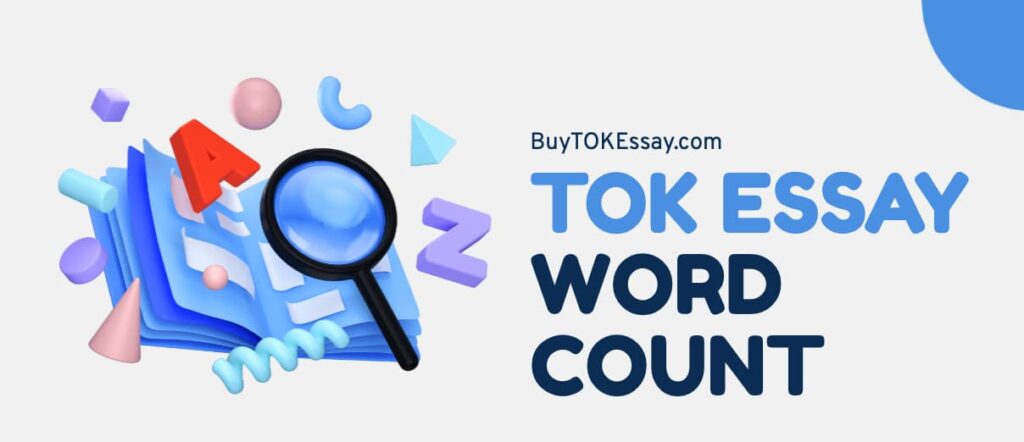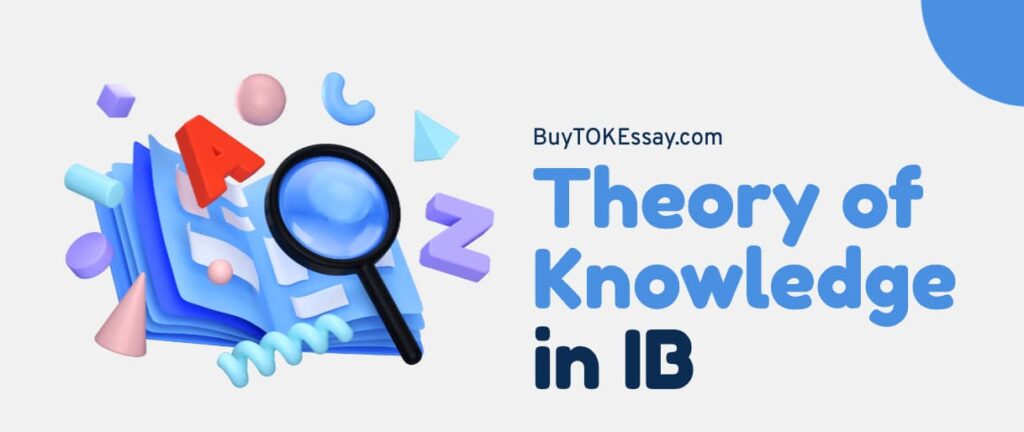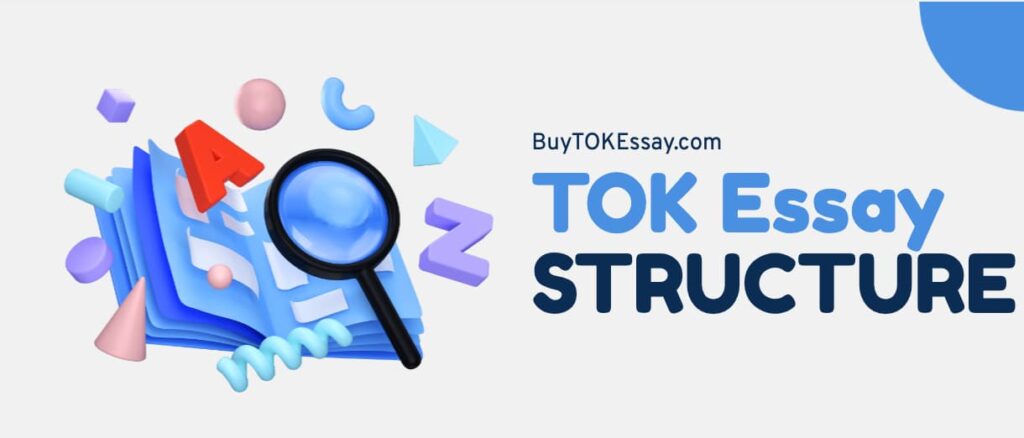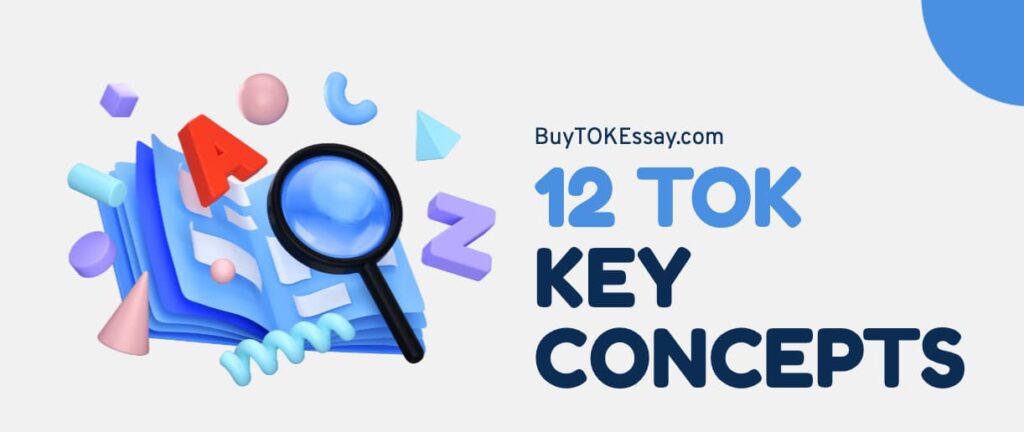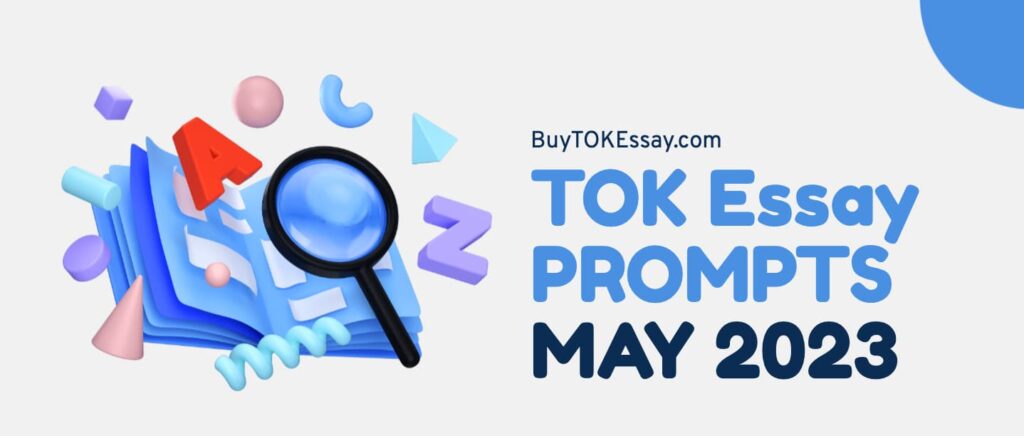Ah, the Theory of Knowledge Journal – the heart and soul of the IB curriculum, where young minds are sculpted, and critical thinking is honed. If you are an IB student, chances are you’re already familiar with the ToK journal. In my years of experience working with IB students, I have realized the quintessential role that understanding the ToK journal rubric plays in attaining academic success.
So, let’s dive into the intriguing world of ToK journal entry assessment criteria.
Now, let’s pause for a second. Imagine Albert Einstein’s exhilaration when he unraveled the mysteries of the universe through his theory of relativity. That ‘aha’ moment is what the ToK journal is all about – it’s about nurturing an insatiable thirst for knowledge and understanding.
When penning down your ToK journal entries, picture yourself as a detective of knowledge – every word you write and idea you select for journal assignment are clue, every sentence is evidence.
Nonetheless, in order to be an efficient detective, you must know the criteria your entries are evaluated against – and that is precisely where the ToK journal entry rubric comes into play.
The ToK Journal Rubric Breakdown
In this block, I’m sharing the main point you should focus on while writing your TOK journal assignment for IBDP.
Understanding Knowledge Questions
The heartbeat of your ToK journal entry lies in the Knowledge Questions. As I know from the general IB criteria, Knowledge Questions are central to the ToK journal.
They are the questions that make you ponder over the nature of knowledge. For instance, “How do we know that historical evidence is reliable?” or “What is the role of emotion in understanding mathematical concepts?”
In my opinion, crafting a well-thought-out Knowledge Question is akin to planting a seed. It’s this seed that will grow into a tree of knowledge through your reflections and insights. The trick is to ask open-ended questions that do not have a simple ‘yes’ or ‘no’ answer.
Critical Thinking
Now, as your seed starts to sprout, it’s time to water it with critical thinking. I cannot emphasize enough how vital this component is. It would be best if you dissected your Knowledge Questions; scrutinize them.
Critical thinking is not about gathering information but engaging with it. For example, if your Knowledge Question revolves around the reliability of historical evidence, delve into specific instances like the controversies surrounding the historical accounts of the Trojan War.
Analysis of Knowledge Claims
As we progress, let’s not forget about analyzing knowledge claims. What is a knowledge claim, you ask? Simply put, it is a statement that asserts something to be true.
Take, for instance, the claim that “science is based on empirical evidence.” In your ToK journal, it’s your job to put these claims under a microscope.
- Are there exceptions?
- Are there assumptions?
- Are there implications?
Linking Areas of Knowledge and Ways of Knowing
Areas of Knowledge (AOK) and Ways of Knowing (WOK) are the building blocks of your ToK journal. As I have observed, interlinking these components can provide a rich tapestry of insights.
For instance, Natural Sciences (AOK) heavily rely on reason and perception (WOK), while the Arts might be more intertwined with emotion.
Personal and Shared Knowledge
As your ToK journal takes shape, remember to strike a balance between personal and shared knowledge. While shared knowledge refers to what is known by a community or culture, personal knowledge is your own understanding and perspective.
Reflect on how your experiences shape your view of knowledge.
Quality of Language
Lastly, your ToK journal is a symphony, and language is your instrument. Clarity, coherence, and precision are music to the examiner’s ears. Practice the art of eloquence, and let your words sing.

Minimum and Maximum Marks in ToK Journal Rubric
As we move forward, let’s delve into the nuts and bolts of the ToK journal rubric: the marking scale. In my experience, grasping the minimum and maximum marks allocated to different criteria in the rubric is imperative. This understanding can be your secret weapon, allowing you to allocate your efforts efficiently.
You see, the ToK journal entry rubric typically allocates marks across several criteria that we have just discussed. Each criterion has its own weight.
For instance, “Understanding Knowledge Questions” might carry more weight than “Quality of Language.” So, strategically focusing on the sections that carry the most weight could, in my opinion, be a game-changer for your ToK journal assessment.
Marking Scheme
To exemplify, let’s say hypothetically that the rubric allocates a total of 30 marks, divided as follows:
- Understanding Knowledge Questions – this is often considered the crux of the ToK journal. Hypothetically, let’s say this criterion could be allocated up to 10 marks.
- Critical Thinking – this section might be allocated around 6 marks. Critical thinking forms the backbone of your analysis, and it’s where you can really show depth.
- Analysis of Knowledge Claims – knowing how to scrutinize knowledge claims is an invaluable skill. This section might be allocated approximately 5 marks.
- Linking Areas of Knowledge and Ways of Knowing could have around 4 marks allocated to it. It’s not just about identifying these links but also about explaining and justifying them.
- Personal and Shared Knowledge – this could also be around 3 marks. The balance between personal and shared knowledge can make your journal rich.
- Quality of Language – last but not least, this might carry around 2 marks. It’s the icing on the cake, ensuring your insights are communicated effectively.
Remember, the ToK journal rubric is designed to assess a range of skills and understanding. The more you align your journal entries with these criteria, the better you can perform.
The TOK journal rubric can be your roadmap, guiding your efforts in creating insightful, well-structured, and impactful ToK journal entries.
Again, please note that these numbers are hypothetical and it’s imperative to refer to the most current IB guide for the accurate ToK journal entry assessment criteria.
Common Mistakes to Avoid
As an experienced mentor in the IB domain, I’ve seen students fall into certain traps. First and foremost, overgeneralization is a common pitfall. Painting everything with a broad brush without delving into the intricacies can be detrimental to your ToK journal entry.
Another frequent mistake is the lack of critical analysis. Remember, your ToK journal is not just a collection of information; it’s a reflection of your engagement with knowledge.
Take the example of the Earth being flat; it’s not enough to state it was a belief, you must analyze why it was believed and what changed this view over time.
Tips for Success
Alright, let’s gear up with some actionable tips that can set you on the path to a stellar ToK journal.
Setting clear objectives for each entry is crucial. Knowing what you want to explore and achieve in each entry keeps your focus sharp.
Engaging with diverse perspectives is another gold nugget. In my years working with IB students, I’ve observed that the best ToK journals are those that weave in multiple viewpoints. It’s like making a beautiful mosaic of insights.
Don’t forget the power of reflection and self-assessment. Regularly step back and evaluate your entries through the lens of the ToK journal entry assessment criteria. This will keep your entries aligned with what the rubric seeks.
And last but not least, peer review. Having someone else read your journal can offer fresh perspectives and insights on your entries.
Now You Know The TOK Journal Marking Criteria
Here we are at the end of this enlightening expedition through the world of ToK journal rubric. From breaking down the assessment criteria to actionable tips, we’ve explored the terrain that can lead to a ToK journal par excellence.
Remember, your ToK journal is not just a part of your IB assessment; it’s a testament to your intellectual prowess and curiosity. It’s a playground where you can explore the limitless realms of knowledge.

Need help with your IB TOK Journal Entry?
Unlock your potential and unleash the brilliance of your TOK journal with the help of our experts at BuyTOKEssay.com! Whether you’re starting from scratch or fine-tuning your existing journal assignment to meet the demands of your supervisor, our team is here to make your dream of a perfect paper a reality. Say goodbye to writer’s block and hello to success with just one click.
If you need help with your IB TOK Journal, Buy TOK Essay is the place to go. We have a team of expert writers who specialize in any IB assignments, especially the ones related to the TOK course.
Keep the flame of inquiry alive, embrace the thrill of discovery, and let your ToK journal be the canvas on which you paint your intellectual masterpieces.
As an experienced IB guide, I am pleased to have shared these insights with you, and I eagerly look forward to the incredible ToK journals that you will create.
The world of knowledge awaits you, so go forth and make your mark!
